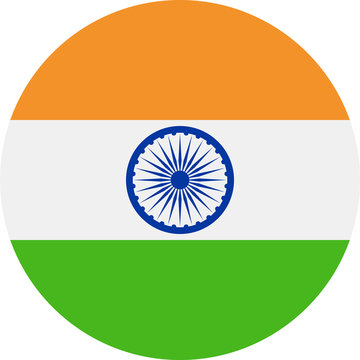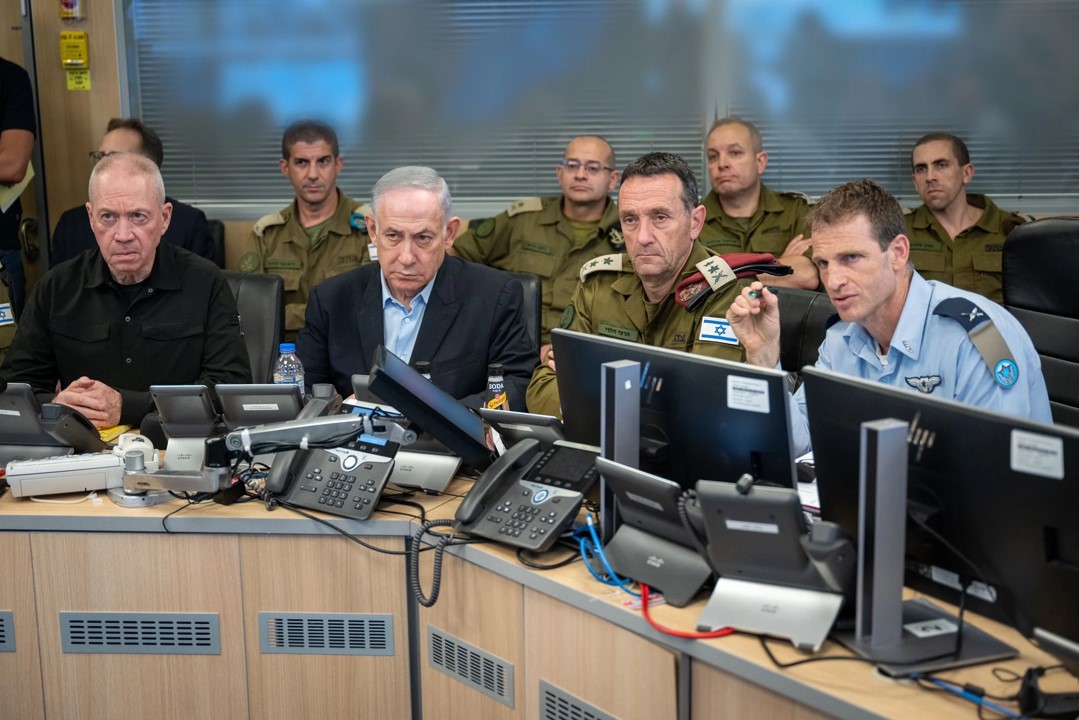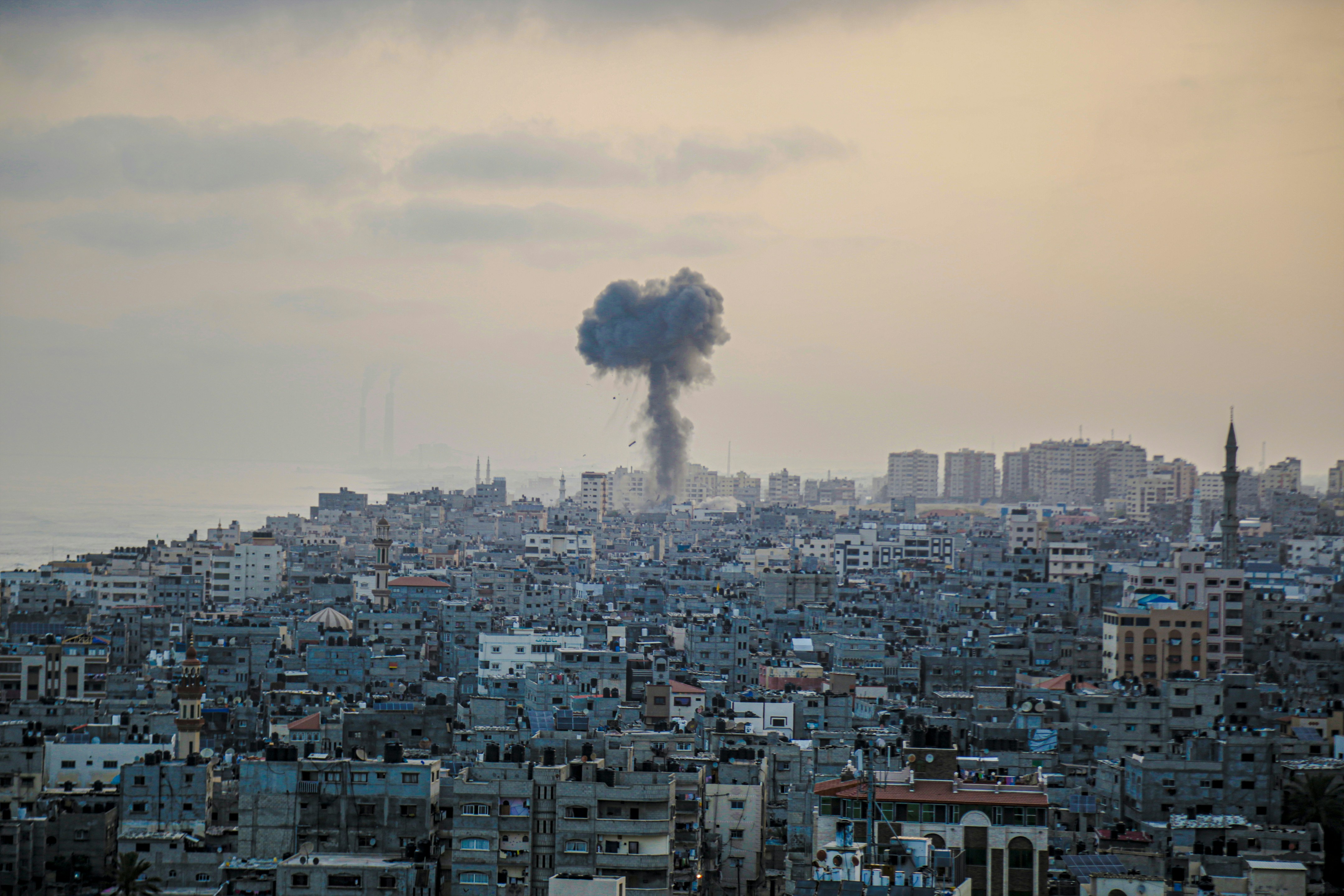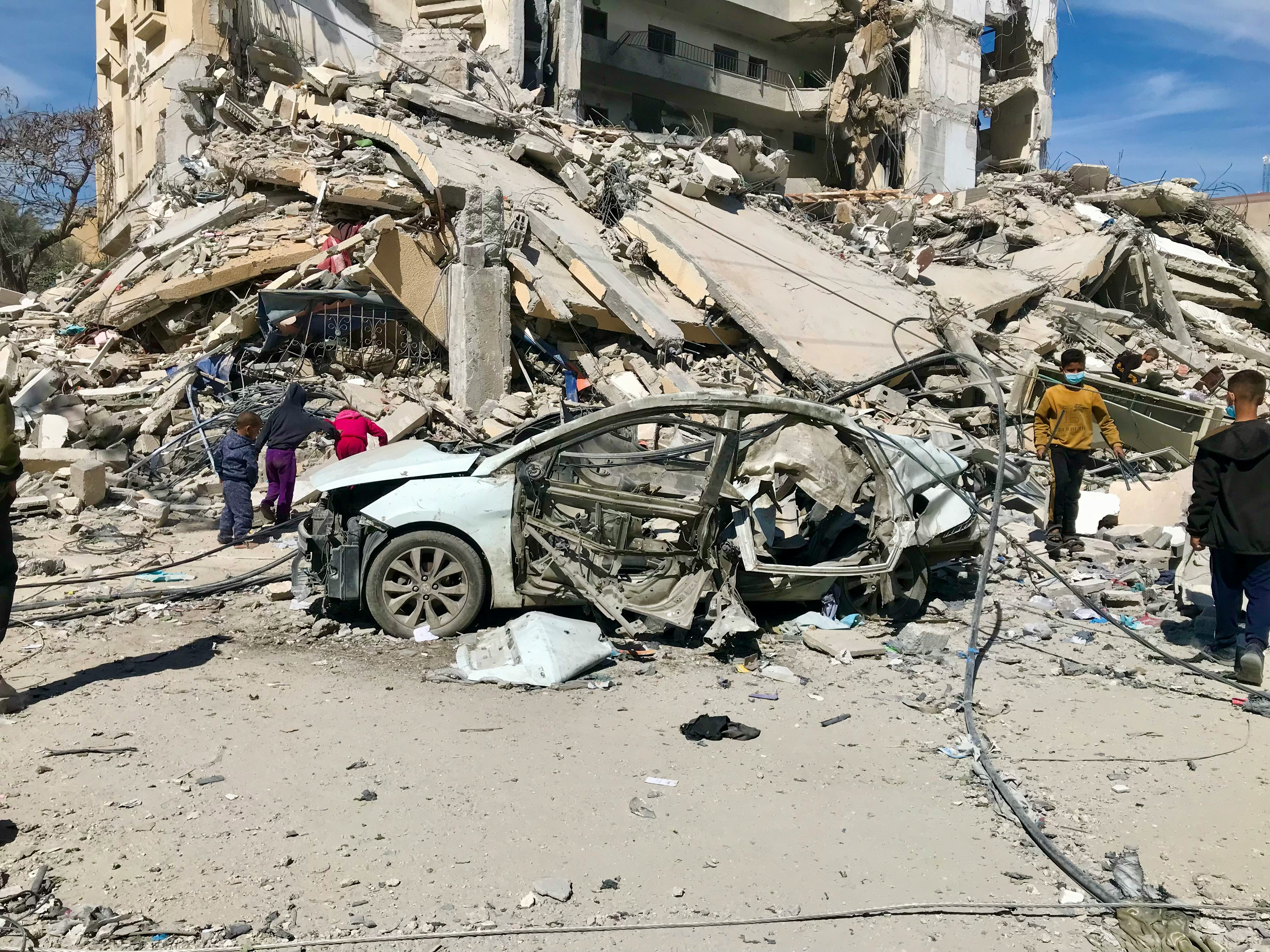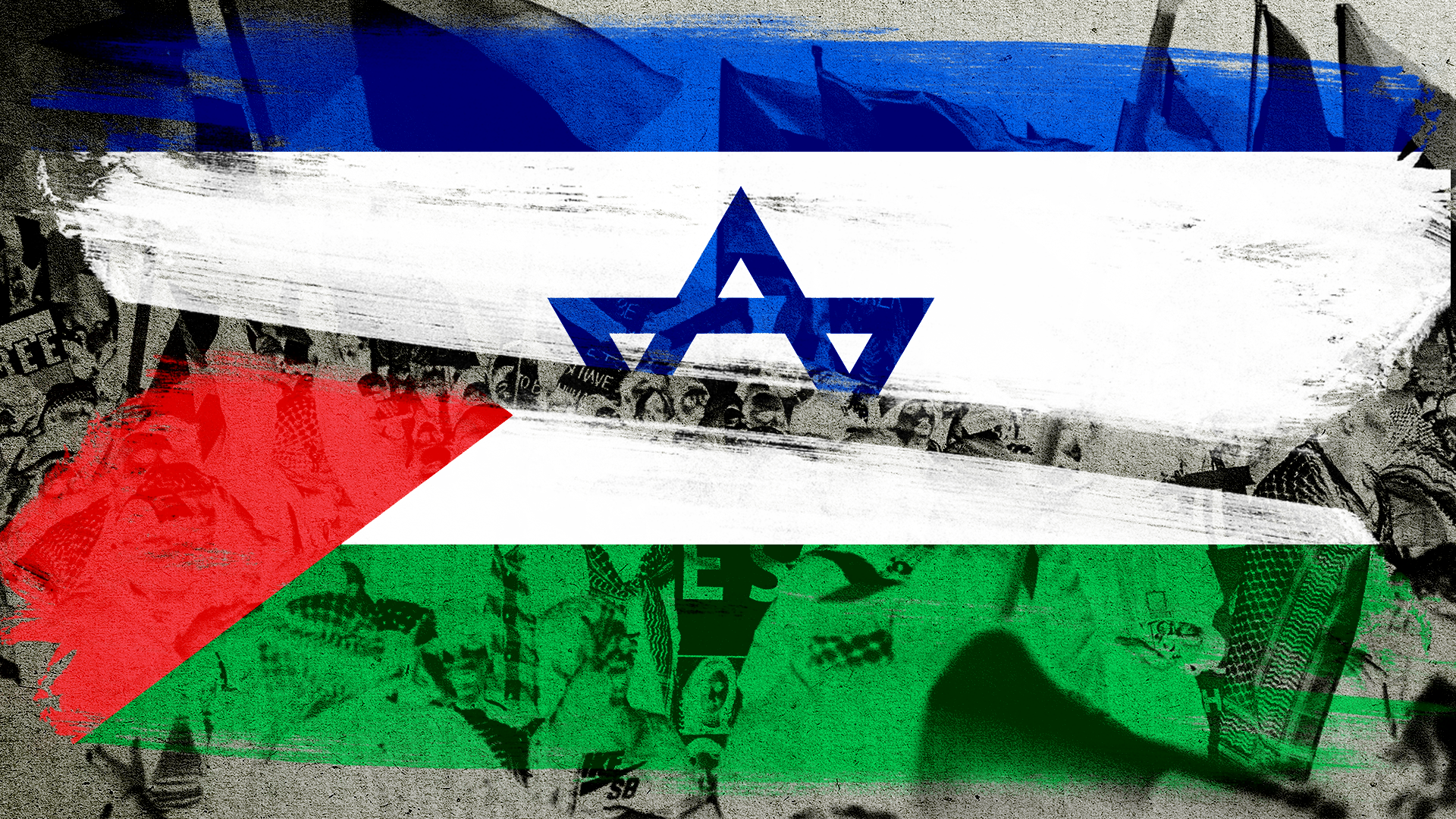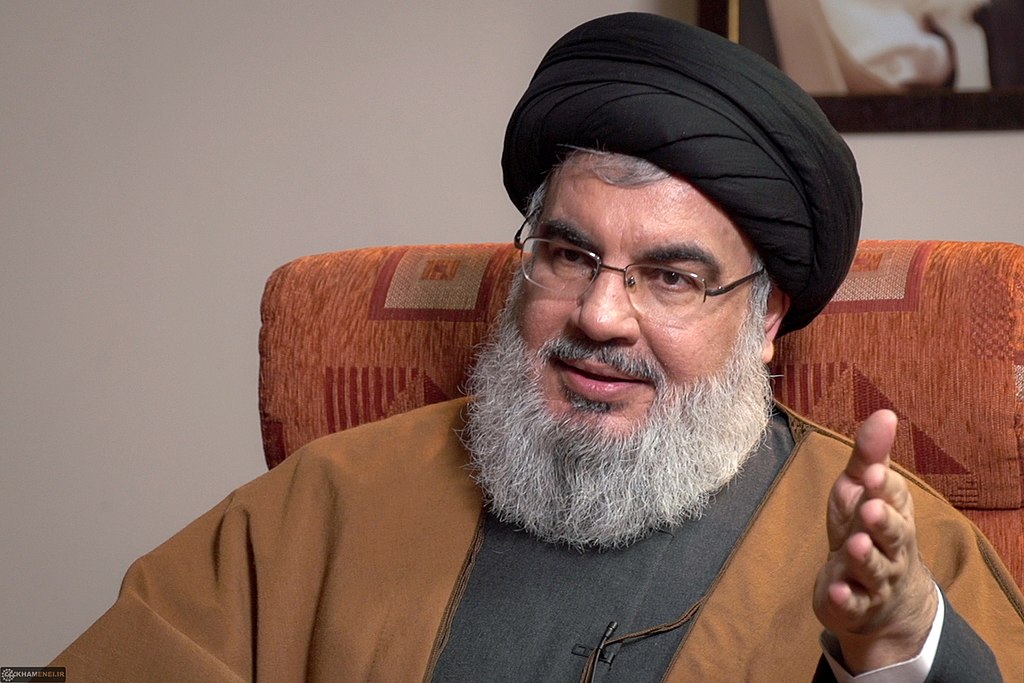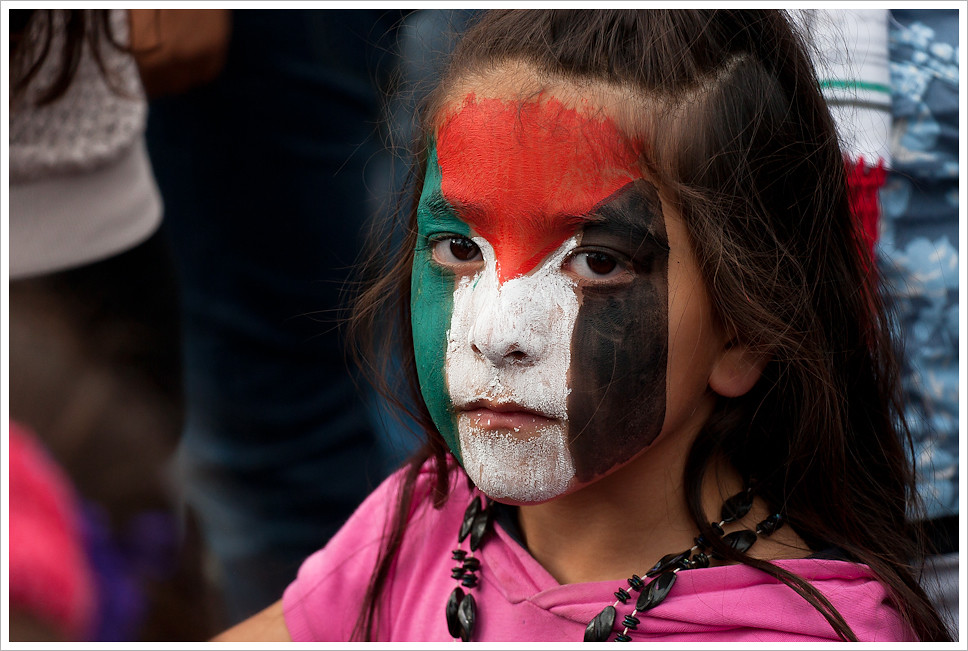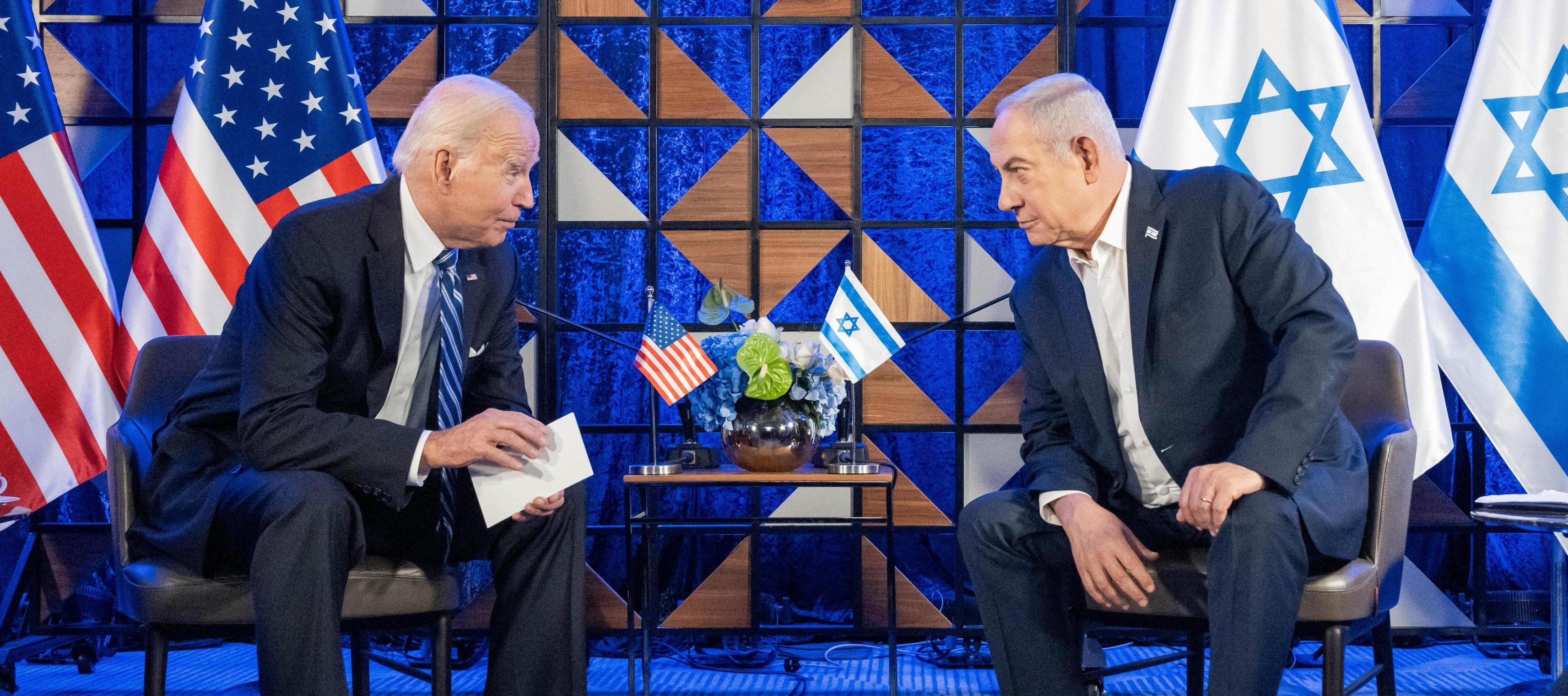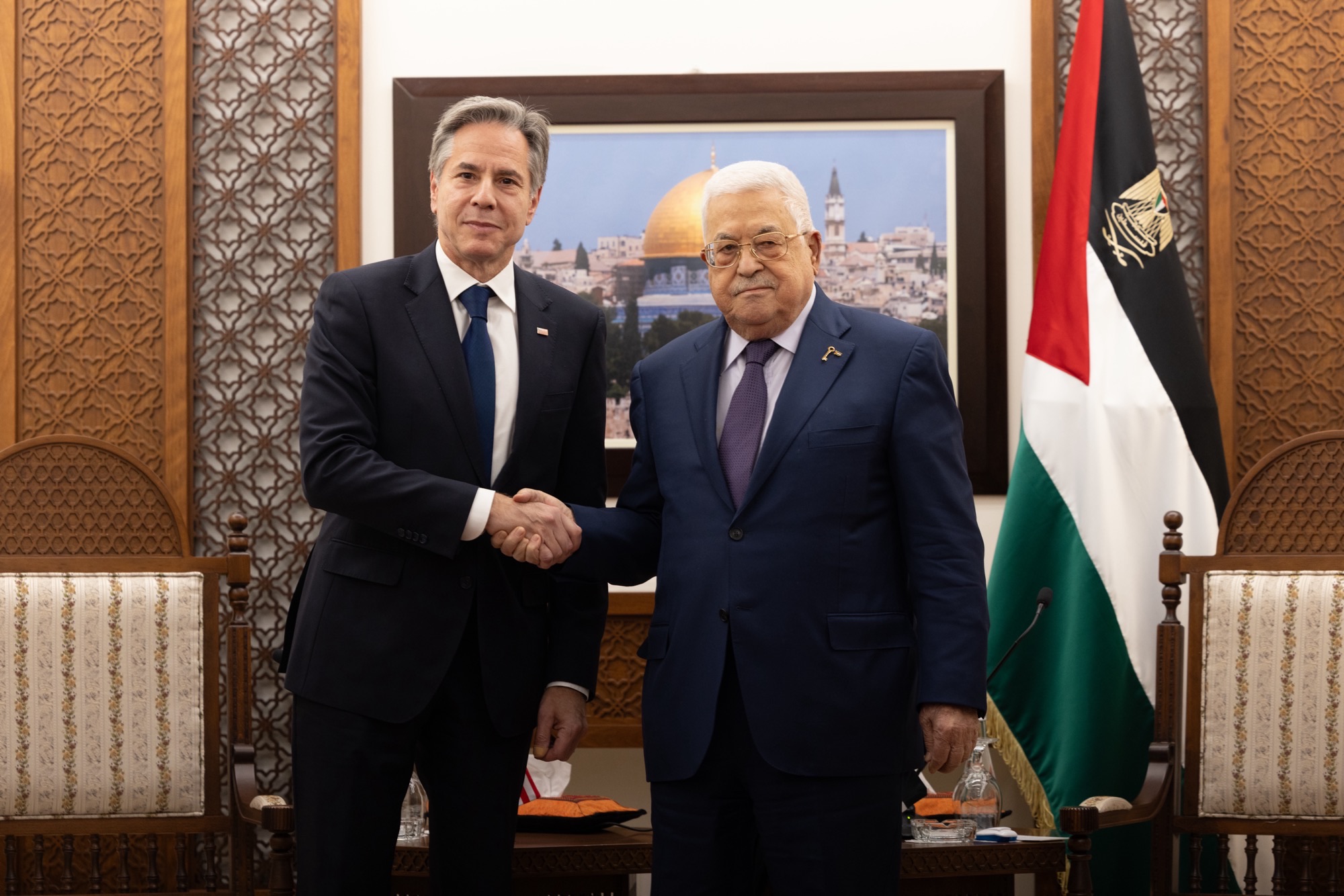The Western media’s decades-long bias in covering the Israeli-Palestinian conflict resurfaces, limiting the scope of narratives from Gaza.
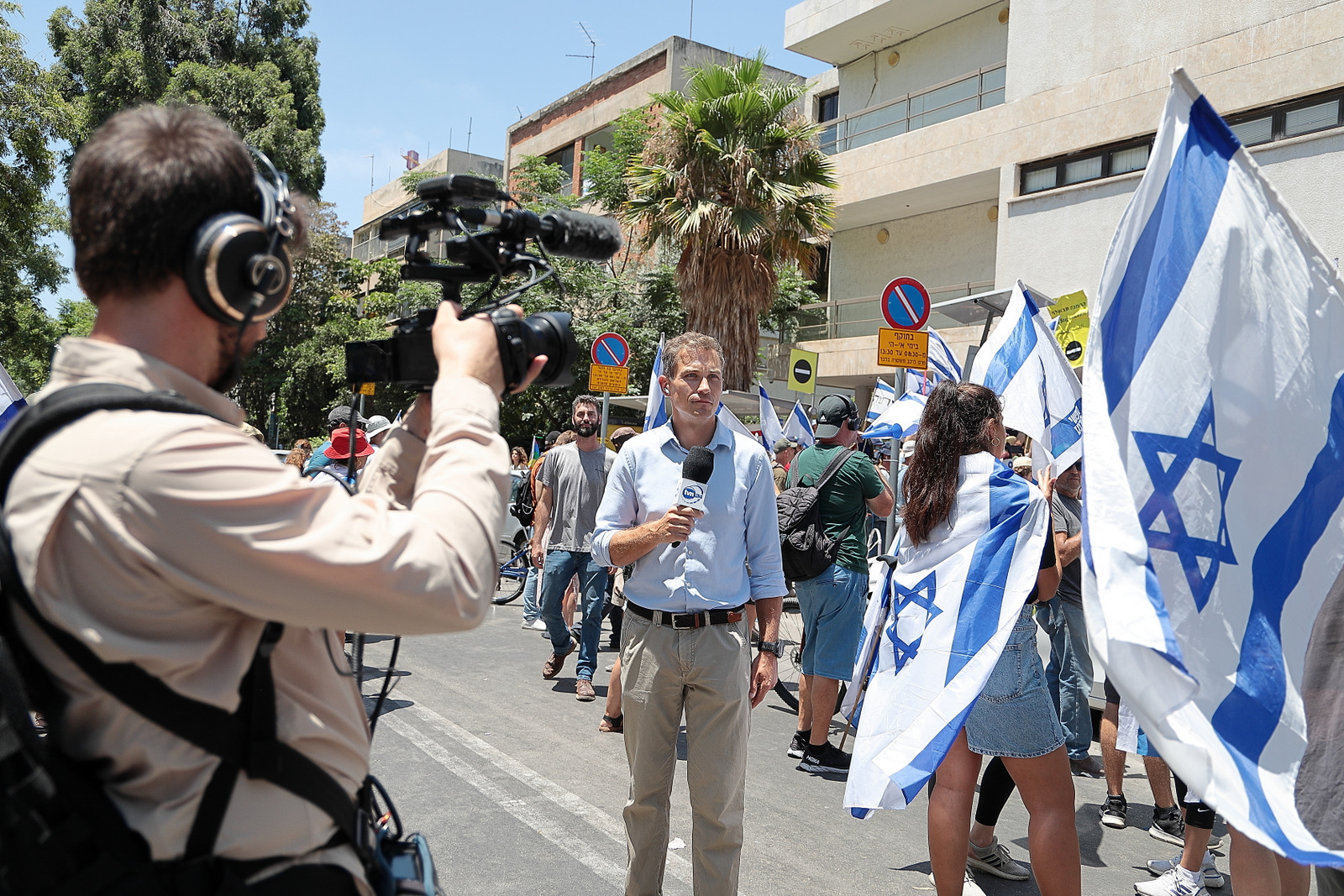 A Western reporter in Israel. Reporting from within conflict zones can help reveal lesser-known aspects of the situation, broadening the scope of coverage and drawing on a wider array of sources. : by Lizzy Shaanan available at https://commons.wikimedia.org/wiki/File:96817_against_the_judicial_reform_-_tlv_rabbinate_PikiWiki_Israel.jpg CC BY 2.5
A Western reporter in Israel. Reporting from within conflict zones can help reveal lesser-known aspects of the situation, broadening the scope of coverage and drawing on a wider array of sources. : by Lizzy Shaanan available at https://commons.wikimedia.org/wiki/File:96817_against_the_judicial_reform_-_tlv_rabbinate_PikiWiki_Israel.jpg CC BY 2.5
The Western media’s decades-long bias in covering the Israeli-Palestinian conflict resurfaces, limiting the scope of narratives from Gaza.
Since October 7, 2023, the shortcomings of the Western media’s coverage of the Gaza conflict has become increasingly evident. However, this phenomenon is not new and is deeply rooted in historical and cultural contexts.
The biases and prejudices of journalists, the nature of professional media culture, and the use of specific framing around certain topics do not change with new developments.
Instead, these tendencies are often reinforced, especially during major events that draw significant attention to long-standing conflicts.
Numerous reports and studies in recent months have highlighted a recurring issue: Western media tends to present the Israeli perspective while minimising or sidelining the Palestinian narrative.
This pattern of coverage reflects long-standing biases that have shaped how this decades-old conflict is portrayed.
One of the key factors that illustrates this issue is the source of the news we consume.
Prejudices and frames intertwine
While international journalists in Israel can report extensively on the atrocities there, the humanitarian crisis in Gaza often receives far less in-depth coverage.
The absence of international journalists on the ground creates an imbalance, with the suffering of Palestinian civilians often underreported compared to Israeli civilians.
In addition to this lack of direct coverage, relying solely on secondhand sources and the vast online information space distances journalists from the reality on the ground. This can lead to a journalistic narrative trapped in a subcultural bubble of prejudice or nationalism.
While the digital landscape is flooded with video and news from conflict zones, the spread of fake news and disinformation renders many of these sources unreliable. Verifying such material is laborious and time-consuming.
This underscores the need for major international media outlets to have correspondents on the ground.
Reporting from within conflict zones can help reveal lesser-known aspects of the situation, broadening the scope of coverage and drawing on a wider array of sources.
The European bias
In the absence of on-the-ground reporting, the selection of news and sources becomes even more critical. Analyses of Western media coverage of the conflict have shown that this phase of news production is also compromised.
Upday, a news aggregation app owned by German media conglomerate Axel Springer, Europe’s largest, has reportedly instructed its staff to prioritise the Israeli perspective while downplaying Palestinian civilian casualties.
Internal documents obtained by The Intercept reveal that the company’s coverage of the Gaza war is skewed heavily toward pro-Israeli sentiments.
A broader examination of Western media coverage supports this finding.
A recent report by the Centre for Media Monitoring analysed some 180,000 video clips from British and international television channels, as well as 26,000 news articles from British media websites.
The report found that while the British media has generally adhered to responsible reporting practices, smaller-scale studies suggest that Israeli voices and grievances are consistently given more prominence than Palestinian ones.
This bias is not confined to British media.
Italian journalism, for instance, has long demonstrated a similar tendency to frame the Middle East — especially Israel — in a particular light. This framework was well-established even before the attacks of October 7, and has changed little in the aftermath.
The Italian media case
A study on how Israel is depicted in the Italian media between 2019 and 2021 — well before the current escalation — sheds light on whether Israel has historically been framed in a particular way, as we are witnessing today in the conflict with Hamas.
The research, which is in the process of being published, is part of the project “Hidden Antisemitism and Communicative Skills of Criminal Lawyers and Journalists“, founded by the European Union.
It analysed Facebook posts from major Italian newspapers, before and after COVID-19, focusing on the connection between historical and cultural factors and how issues like elections, conflicts, and migration were framed.
The study examined three newspapers—Corriere della Sera, La Stampa, and La Repubblica—and found significant differences in how each approached the topic.
Both Corriere della Sera (62 percent) and La Stampa (67 percent) primarily focused on national and international politics, with a heavy emphasis on elections, political controversies, and migration issues.
A substantial portion of their coverage — more than 32 percent — centred on Israeli Prime Minister Benjamin Netanyahu.
In contrast, the articles shared via Facebook on La Repubblica show a more rigid journalistic agenda, concentrating on the military and political dynamics of the Palestinian conflict.
Its articles frequently covered war-related stories, political statements, and military threats, with headlines like “Israel: Rocket Exploded from Gaza” and “Gaza: 430 Rockets Launched; USA: Israel Has the Right to Defend Itself.”
The narratives in La Repubblica bear a striking resemblance to those found in Italian media coverage following the October 7 attacks, highlighting how media outlets tend to revert to familiar frames and themes during crises.
This cyclical nature of crisis coverage, where certain topics are continuously recycled, creates a sense of narrative inertia, where long-established biases are perpetuated rather than challenged.
Unbalanced narratives
Italian media, much like its counterparts across Europe, frequently presents a binary narrative when covering Israel.
Israel is portrayed as a “victim” of history, deserving sympathy for its role in major historical events such as the Holocaust.
Meanwhile, it is depicted as a “military and political power” whose actions are justified by its democratic values and the constant threats it faces.
This dual narrative is positively skewed in Israel’s favour, largely due to Italy’s historical sensitivity to issues like the Holocaust, given its own experience under fascism.
However, this framing has increasingly polarised public opinion and political discourse, with some factions aligning more closely with pro-Israel stances, while others call for greater empathy towards Palestinians.
Since 2019, Western media — including Italian journalism — has overwhelmingly adopted the Israeli perspective in its coverage of the conflict.
However, this bias was momentarily disrupted by the COVID-19 pandemic, when conspiracy theories, misinformation, and social insecurity temporarily shifted media focus.
Criticism of Netanyahu’s handling of the pandemic provided some balance to the coverage, but this was a brief exception in a much longer trend of pro-Israel framing.
The importance of the method
In the digital age, the challenges of journalism are more complex than ever. While good intentions and honest efforts are essential, they are not enough to ensure accurate and balanced reporting.
As Walter Lippmann argued in seminal writing, Public Opinion (1922), the key to good journalism lies not in the objectivity of individual journalists, but in the method they employ.
A unified intellectual method, grounded in rigorous standards of verification and balance, is what can bring journalism closer to the ideal of objectivity.
In the context of the Gaza conflict, applying this scientific approach to journalism will be critical in shaping future narratives.
Only by adopting more rigorous methods of reporting, with a commitment to presenting a diverse range of voices, can the media hope to overcome the biases that have long plagued its coverage of this complex and enduring conflict.
Giacomo Buoncompagni, PhD, is a research fellow in Sociology of Cultural and Communicative Processes at the University of Florence, where he teaches Communication and Health. He is also a member of the ITSTIME research centre (Catholic University of Sacred Heart, Milan). His primary research areas include journalism and new media studies, emergency communication, online forms of discrimination, science communication, and the crisis of expert knowledge.
Originally published under Creative Commons by 360info™.


